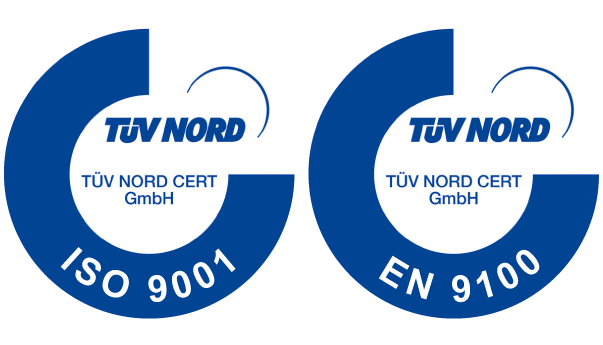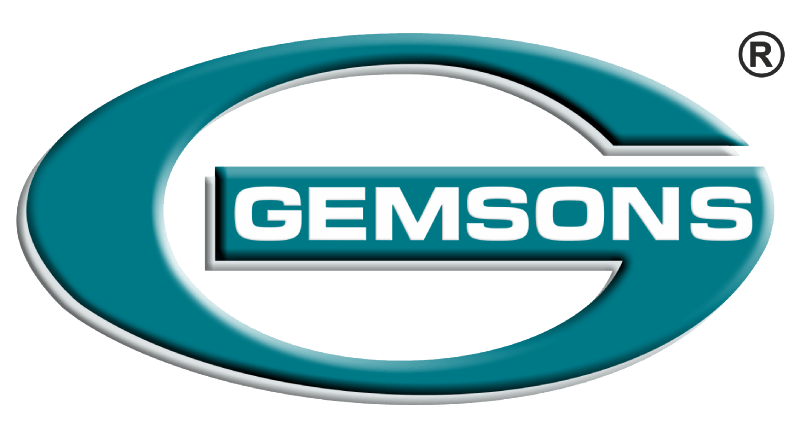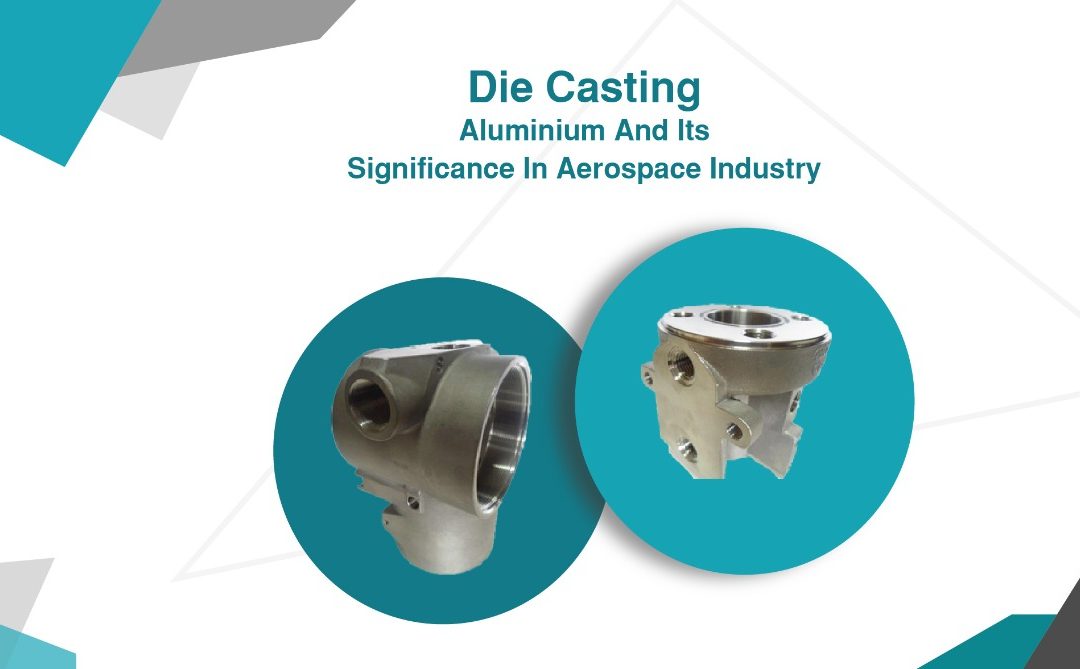Aerospace castings require precise measurements and product manufacturing. Quality components for the industry are of the greatest significance here. Aerospace castings are used in the industry to create tiny and big aircraft components. Aluminium is the most frequently cast non-ferrous metal in the world for a variety of reasons. The most common rationale for using aluminium die-casting is because it produces delicate die-cast parts without compromising strength.
Great Resistance to Corrosion
Aluminium die-cast parts also offer additional surface finishing choices and operate at greater temperatures than other non-ferrous materials. Aluminium die-cast components are corrosion resistant, highly conductive, and have a high stiffness-to-weight ratio. The aluminium die casting method is based on fast production, enabling many die casting components to be manufactured more rapidly and cost-effectively than other casting processes.
Lightweight and durable
Die-casting aluminium products are highly appreciated in various industrial sectors, particularly in the aerospace industry, where product precision and quality are critical. These items are used in the aerospace sector to build both tiny and large components. Aluminium castings are also utilized in the commercial and basic military industries. The rationale is simple: they are low-cost solutions that provide great outcomes.
Cost-effective
Die-cast parts are not only cost-effective, but they can also resist harsh weather conditions and increasing damage. Another significant argument for utilizing aluminium in aircraft is because metals are less expensive than other liquid metals. When compared to other industrial sectors, die-casted metal is considerably cheaper and more economical for the industry. Furthermore, aluminium metal can provide the industry with the most robust and flexible aerospace castings.
Flexible
Aluminium has the potential to combine with other metals to offer durability and flexibility. You do not have to compromise on quality with aluminium goods. You can get die-cast parts at a significantly cheaper manufacturing cost. Furthermore, all established criteria for using metal components, particularly aluminium is the best to suit the demands. As a result, they are approved for safe usage on aircraft, are cost-effective, and possess all of the characteristics needed to fly an airplane. As a result, the amount of aluminium smelted continues to rise. Another benefit of die-cast parts is their good weight for airplane operation.
So, how is aluminium casting used, and what is the procedure involved? The solution is straightforward. At high speed and high-temperature pressure, the aluminium alloy was first pushed into high-quality steel equipment. Consequently, the products are delicate and thin-walled, making them ideal for use as airplane components.
It is worth noting that aluminium smelting is a complicated process. Only highly trained and experienced engineers can guarantee that components are delivered in large quantities or improved tolerances and end surfaces. Die cast parts are much more common than gravity or sand casting. Because of the foundry’s tight tolerance, there is little need for equipment in this technique, whether for aluminium smelting or zinc smelting. Although the cost of the appliance in cast aluminium, or more specifically, in metal, is much more than the other two techniques, the mechanical characteristics obtained are far superior in terms of functioning.



Recent Comments